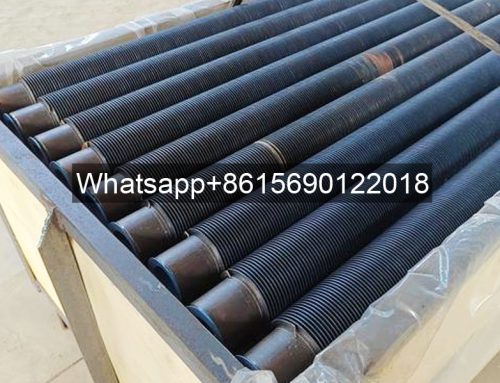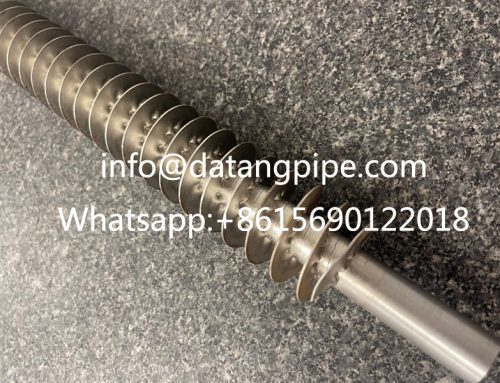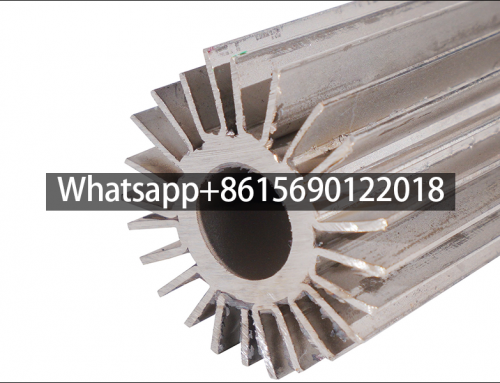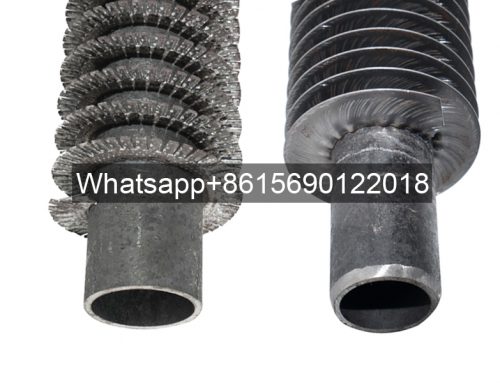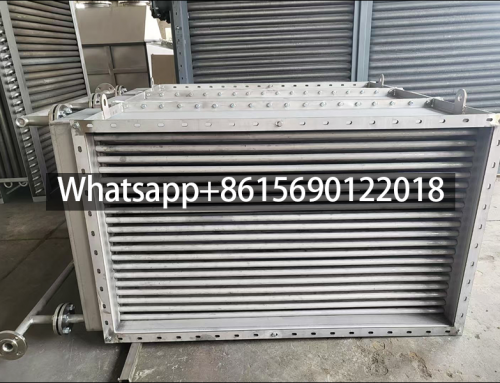Aluminum Extruded Fin Tubes: Engineering Excellence in Heat Transfer
1. Core Functions & Structural Advantages
Aluminum extruded fin tubes are composite structures formed by rolling aluminum tubes with steel/stainless steel pipes. This design delivers:
- Ultra-low contact thermal resistance for efficient energy transfer
- Exceptional mechanical strength and resistance to thermal/mechanical stress
- Controlled thermal expansion and corrosion resistance in harsh environments
- Significant heat-exchange surface extension (up to 10-20x base tube area)
2. Dominant Applications
| Industry | Functional Role | Performance Impact |
|---|---|---|
| Power Generation | Boiler waste-heat recovery systems | ↑30-50% heat exchange efficiency via enlarged surface area |
| Chemical Processing | Condensers/evaporators in acidic/alkaline environments | Stable operation through corrosion-resistant design |
| HVAC&R | Lightweight heat exchangers in AC/refrigeration units | ↓15-20% system energy consumption |
| Petrochemical | High-pressure heat transfer under extreme conditions | Reliable heat dissipation in critical processes |
| Renewable Energy | Photovoltaic panel cooling systems | ↑12% solar conversion efficiency^[user input]^ |
3. Technological Evolution
- Geometric Optimization: Precise fin height/spacing adjustments maximize thermal exchange in confined spaces^[user input]^
- Surface Engineering: Hydrophilic coatings minimize condensate retention, reducing efficiency loss by ~8%^[user input]^
- Material Innovation: Recycled aluminum adoption cuts carbon footprint while maintaining conductivity^[user input]^
4. Future Directions
- Bio-inspired Designs: Fractal geometries and vortex-inducing textures to disrupt boundary layers, targeting 25%+ heat transfer coefficient improvement^[user input]^
- Hybrid Material Systems: Nano-enhanced aluminum composites for higher temperature resilience (>400°C)
Key Material Properties
| Parameter | Value | Significance |
|---|---|---|
| Thermal Conductivity (Al) | 211.9 W/m·K | Rapid heat absorption/dissipation |
| Protective Layer Thickness | 0.5 mm | Prevents base pipe corrosion |
| Tensile Strength | ≥120 MPa | Withstands industrial vibration |
Conclusion
Aluminum extruded fin tubes epitomize thermal management innovation, bridging efficiency demands with sustainability through adaptive designs and material science. Their cross-industry deployment—from enhancing PV efficiency to enabling chemical process stability—demonstrates irreplaceable value in industrial decarbonization.
The role of aluminum extruded finned tubes
Extruded finned tubes have a wide range of applications, and their efficient heat conduction performance makes them the core components of industrial heat exchange equipment.
In the power industry, it is used in boiler waste heat recovery systems to significantly improve the heat exchange efficiency between flue gas and working fluid by increasing the heat dissipation area; in the chemical industry, it uses its corrosion resistance to achieve stable condensation or evaporation processes in acidic and alkaline environments; and in air-conditioning and refrigeration equipment, the lightweight advantage of aluminum finned tubes further reduces system energy consumption.
Aluminum extruded finned tubes are a processing form of finned tubes, which are rolled from aluminum tubes and steel tubes or stainless steel tubes. They have low contact thermal resistance, high strength, heat and mechanical vibration resistance, good thermal expansion performance, and a considerable expansion heat exchange surface.
With the deepening of the concept of green manufacturing, the design of aluminum extruded finned tubes is moving towards refinement.
For example, by optimizing the fin spacing and height, engineers can maximize the heat exchange rate in a limited space; and the surface hydrophilic coating treatment technology effectively reduces the efficiency loss caused by condensate retention.
In the field of new energy, this type of finned tube is also integrated into the cooling system of photovoltaic panels, which can increase the solar energy conversion efficiency by more than 12% through active heat dissipation.
Customized special-shaped finned tubes will become possible. This structure can break through the limitations of traditional extrusion processes, further disturb the fluid boundary layer through bionic design (such as fractal structure or vortex induced lines), and achieve a breakthrough increase in the heat transfer coefficient.
The large-scale application of recycled aluminum materials will also promote the low-carbon transformation of the entire industrial chain, allowing efficient heat transfer and sustainable development to achieve synergistic symbiosis.


